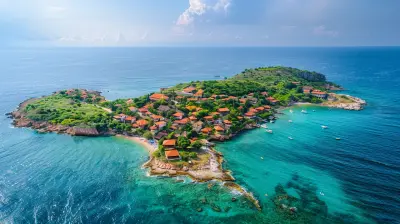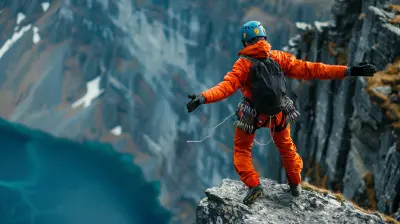Golden Gate Bridge: More than Just an Engineering Feat
22 July 2025
Ever found yourself staring at an image of the Golden Gate Bridge and feeling like there's more to it than just steel and suspension cables? You're not alone. This iconic structure, often cloaked in San Francisco’s famous fog, is not just a bridge—it’s a symbol, a marvel, and frankly, a bit of a mystery.
Sure, on paper, it’s an architectural masterpiece. But once you look past the numbers, the bolts, and the towers, you’ll quickly realize... the Golden Gate Bridge has stories to tell—some inspiring, others chilling, and many surprisingly hidden in plain sight. So, buckle in. We're taking a journey that dips beneath the surface of this rust-colored legend.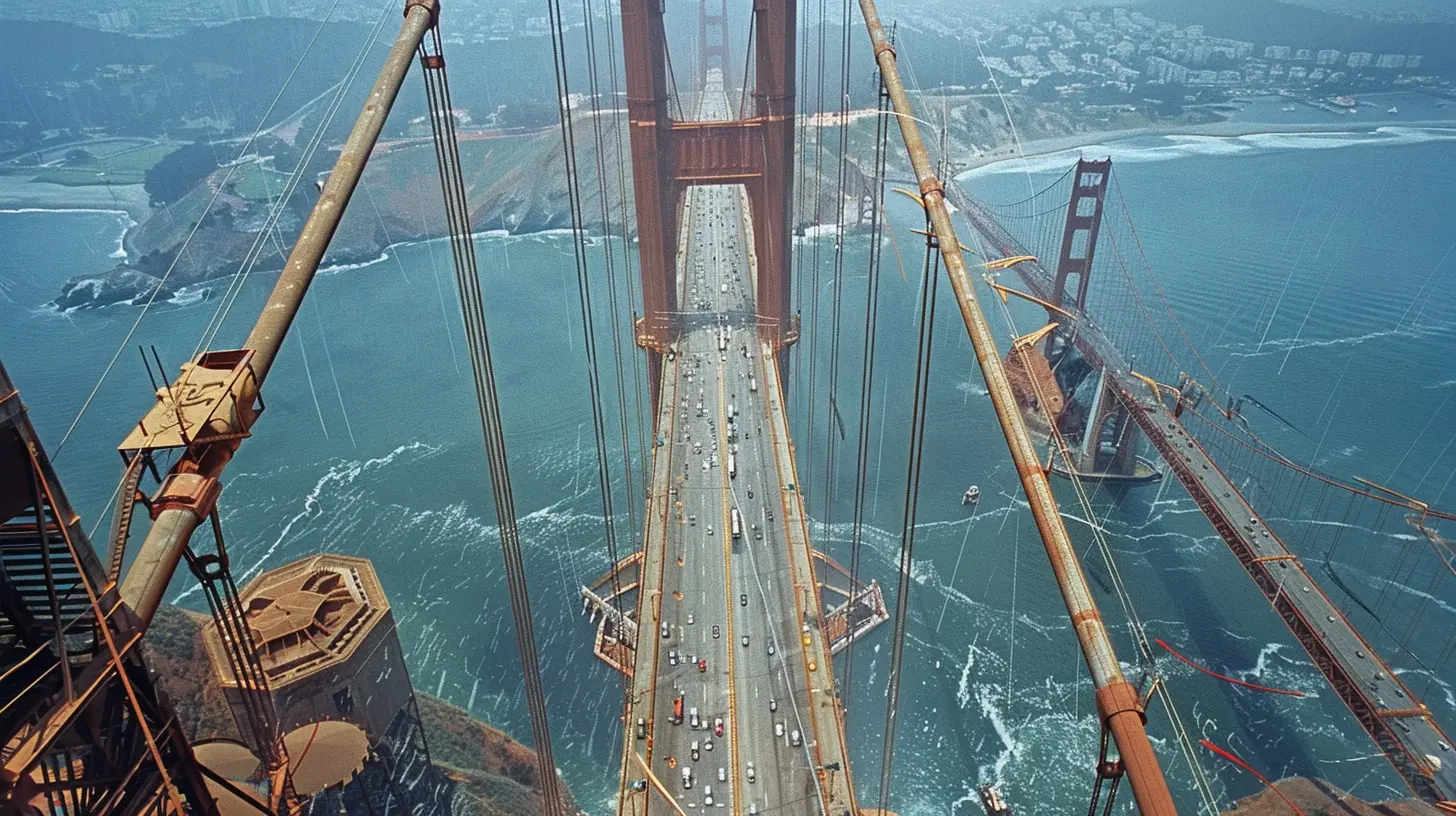
The Bridge That Wasn't Supposed to Be
Before we dive into the myths and marvels, let’s rewind a bit. The Golden Gate Strait was once considered “unbridgeable.” Sounds overly dramatic, right? But back in the early 20th century, with crazy strong tides, constant fog, and rebellious earthquakes, most folks thought it was flat-out impossible.So when engineer Joseph Strauss proposed a suspension bridge connecting San Francisco to Marin County, critics laughed. Hard. Even local newspapers called it “the bridge that couldn't be built.” Yet, by 1937, 4 years of construction, and over 600,000 rivets later, it was not only built—it was breathtaking.
And get this: it remained the longest suspension bridge in the world for nearly three decades. Not too shabby for a project that was basically mocked into existence.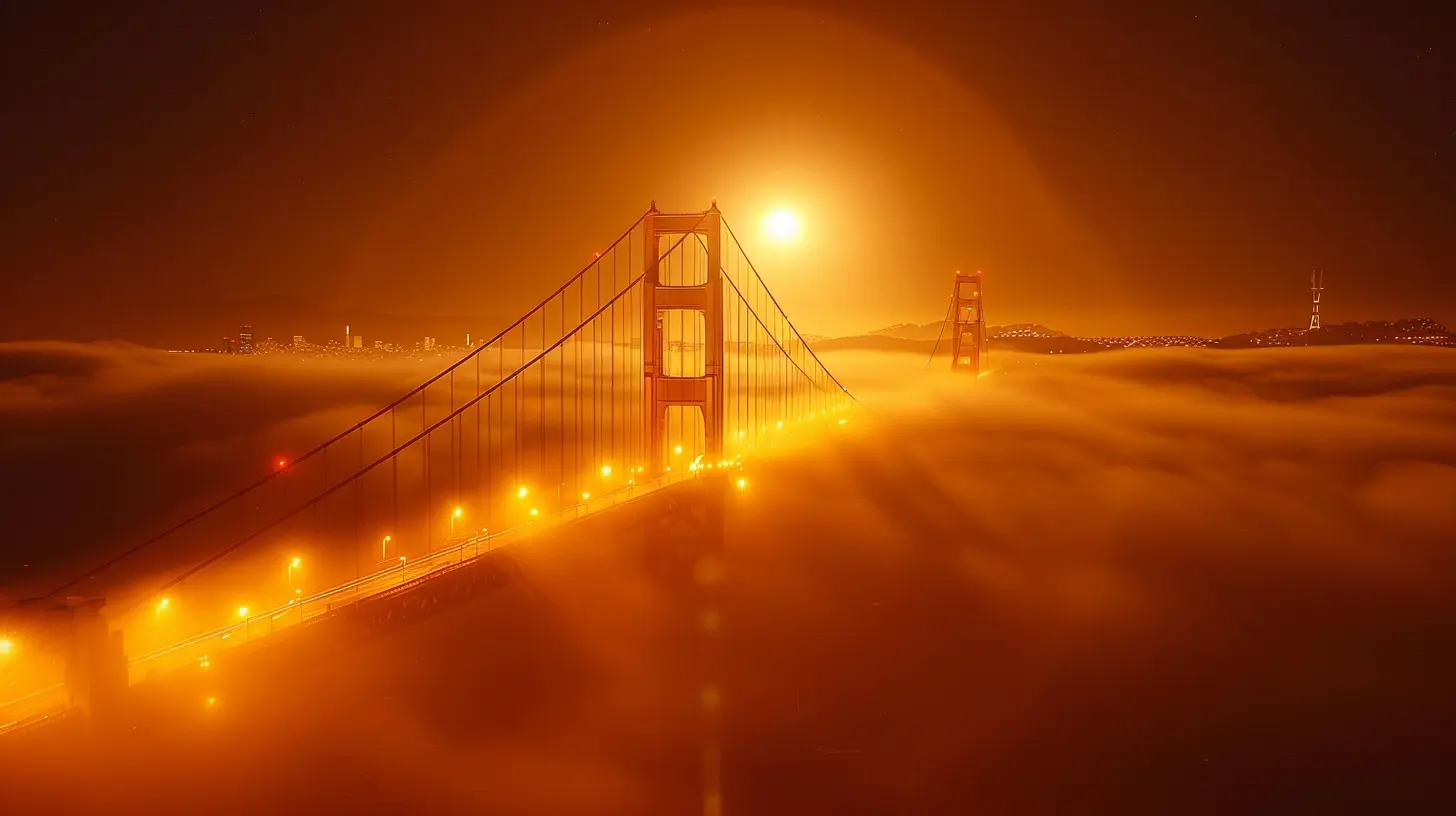
More Than Steel and Sweat: The Human Stories Behind the Structure
Okay, let's talk people. Because really, that’s where this bridge becomes way more than just a pile of metal.More than 1,000 men worked on the bridge, and while many survived the hazards of high-altitude construction, not all did. There’s even a dark statistic—11 men died during construction. But here’s the twist: the Golden Gate Bridge was kind of ahead of its time when it came to worker safety.
Strauss insisted on installing a safety net beneath the bridge. It saved 19 lives. Those lucky few? They called themselves “The Halfway-to-Hell Club.” I mean—chills, right?
And while we’re on the human element…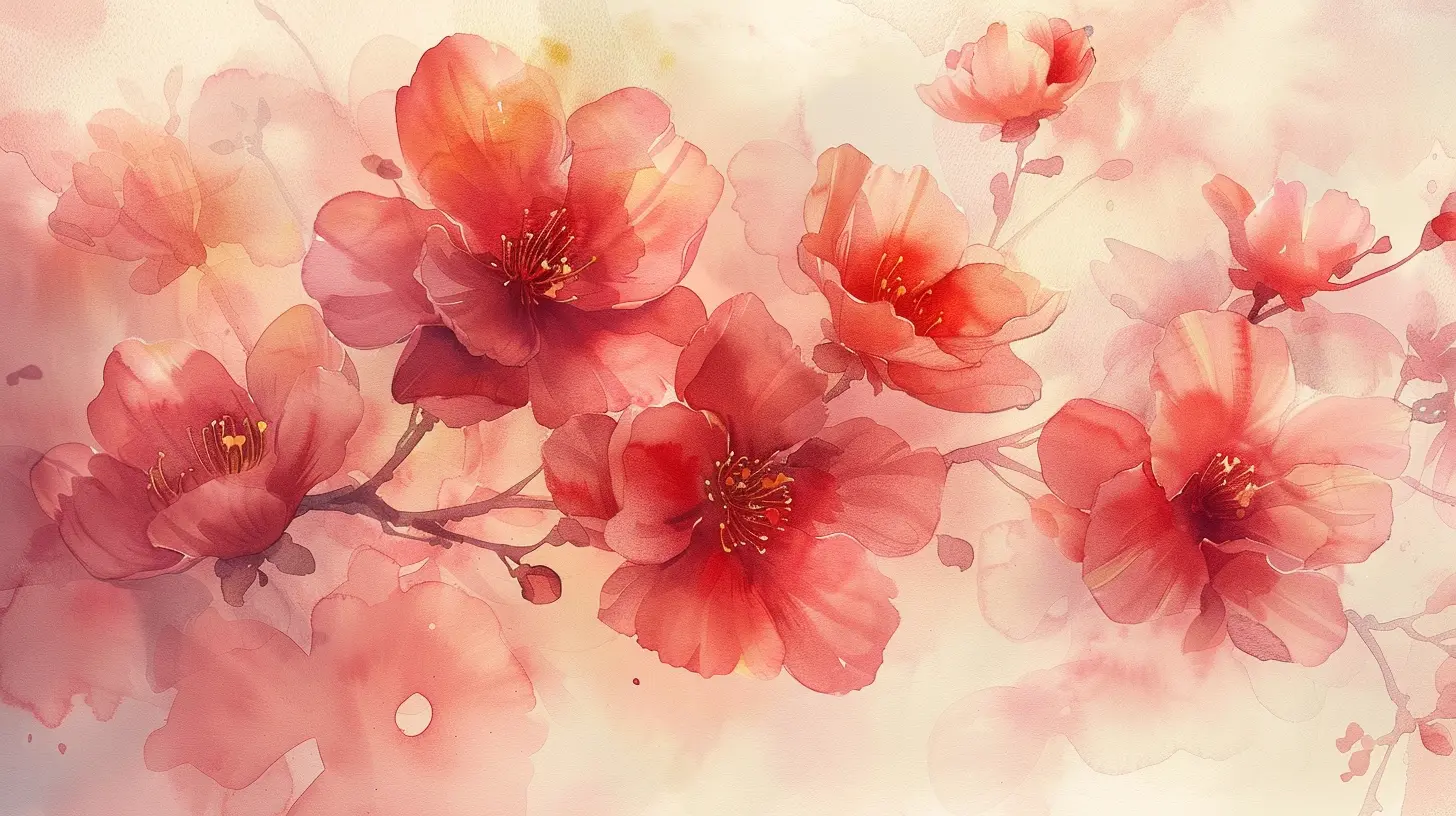
The Bridge and the War: A Secret Sentinel
Did you know that during World War II, the Golden Gate Bridge played a lowkey role in national defense? While it stood proudly as a symbol of freedom, there were fears it could become a target.Coast Guard patrols, camouflaging experiments, and even gun batteries were set up to protect the bridge. It became both a checkpoint and a quiet protector—keeping watch while the sun rose and set behind it daily.
It’s weird to think about, but this graceful structure was once a silent soldier.
A Magnet for the Mysterious
Let’s get real—there's something almost otherworldly about this bridge. The way the fog rolls in and swallows it whole? It’s cinematic. The sound of the wind howling against its cables? It’s eerie. And that color—International Orange—makes it feel like a portal to somewhere else entirely.This moody vibe has made the Golden Gate Bridge a magnet for myths, stories, and yes... some less cheerful facts. For decades, it's been considered one of the most frequent sites for suicides in the world. Authorities have since added suicide prevention measures, including crisis phones and a net extending beneath the bridge to catch jumpers.
But within this dark history lies a kind of hope—because now, more people are being saved than ever. It's a reminder that even in shadows, the bridge remains a place of profound human resilience.
Hollywood’s Favorite Co-Star
Okay, let’s shift the energy for a second. You know what else the Golden Gate Bridge is? A total movie star.Think about it—how many times have you seen that sweeping shot of the bridge opening a film or appearing right before chaos hits? Whether it’s aliens invading in Independence Day or a tsunami in San Andreas, the bridge always finds a way to steal the scene.
It’s dramatic. It’s iconic. It’s basically the Meryl Streep of landmarks.
A Living Canvas for Art and Protest
The Golden Gate Bridge isn’t just a pretty backdrop. It’s also been a stage—for political protests, awareness campaigns, and artistic expressions.From massive Greenpeace banners to silent walks of remembrance, the bridge has hosted moments that matter. Why? Because it’s visible. It’s symbolic. And it speaks louder than most podiums ever could.
If you’ve ever been lucky enough to walk across it during a demonstration, you’ve felt it—that blend of purpose and place, all humming in the wind.
The Secret That Lies Beneath
Here’s a little-known secret: beneath the bridge is Fort Point, a Civil War-era military outpost that predates the bridge by nearly 80 years. It’s practically hidden in plain sight. Most tourists miss it entirely.As you stand on the walkway peering over the edge, you’d never guess that beneath the pounding surf is a fortress filled with arched brick hallways, cannon mounts, and ghost stories by the dozen.
Fun fact? Alfred Hitchcock even used this spot in Vertigo, elevating its spooky legacy. It’s the kind of place that feels frozen in time—and then suddenly, very alive.
The Ever-Changing Experience
Here’s the funny thing about the Golden Gate Bridge—it’s never the same twice. Seriously.One morning it’s bathed in gold from the sunrise, the next it's completely cloaked in fog like a magician’s disappearing act. Sometimes you can see Alcatraz, Angel Island, and the full city skyline. Other times, your world is limited to a couple of feet ahead, and all you hear is the creaking metal beneath your shoes.
Some days, it feels like a peaceful crossing. Others? Downright cinematic. It’s like the bridge has moods—just like us.
Walking the Walk: What It's Really Like
If you’re planning to visit, walking across the bridge is a must. But heads up—it’s a journey. The entire span is about 1.7 miles one way. Doesn’t sound like much, right? Until you factor in the gusting winds, the pedestrians, the cyclists, and oh yeah—the mental overwhelm of “Holy cow, I’m walking over the Pacific Ocean right now!”As you walk it, the vibration of the traffic, the sheer drop to the bay, and the constant whisper of the wind almost makes it feel like the bridge is alive. Sounds crazy? Maybe. But ask anyone who’s done it—they’ll probably agree.
Fun Facts to Drop in Conversations
Let’s bring it home with some trivia nuggets you’ll want to whip out next time you’re showing off:- The Golden Gate Bridge isn’t golden—yep, it’s orange. Specifically, "International Orange," chosen for visibility in the fog.
- It’s painted 365 days a year. Forget spring cleaning—this bridge gets a year-round makeover.
- It weighs over 887,000 tons. That’s about as heavy as 150,000 elephants. Give or take.
- It flexes! The bridge can sway up to 27 feet side to side in extreme wind. Not great for those afraid of heights—but super cool from an engineering standpoint.
Why It Still Captures Our Imagination
So… why are we still obsessed with this bridge?Turns out, it’s not just because it’s beautiful. It’s because it represents something we all crave—a connection. It quite literally bridges gaps: between city and coast, past and future, engineering and artistry.
And maybe, just maybe, it reminds us that the impossible isn’t always so impossible.
Next time you see the photos, or better yet, find yourself standing at its edge—remember: you’re not just looking at a bridge. You’re looking at a story. One that’s still being written every single day.
Final Thoughts: It's More Than Metal
Let’s be real—the Golden Gate Bridge is iconic not just because it stands, but because it stands for something.It’s a feat of engineering, sure. But it’s also an emotional landmark. A movie character. A battleground for mental health. A beacon of the American dream. A silent guardian watching over the bay.
So when you go, don’t just take the selfie. Take a second. Breathe it in. Listen to the wind. And let the bridge whisper its stories to you.
Because it's so much more than an engineering feat—it’s a feeling you won’t forget.
all images in this post were generated using AI tools
Category:
Must See LandmarksAuthor:

Tracie McAdams
Discussion
rate this article
2 comments
Thalia Wilkins
What a delightful read! The Golden Gate Bridge truly embodies beauty and innovation. Your insights make me eager to explore its history and surrounding attractions. Thank you!
October 29, 2025 at 4:54 AM

Tracie McAdams
Thank you so much for your kind words! I'm glad you enjoyed the article and found it inspiring to explore the Golden Gate Bridge's rich history. Happy exploring!
Allegra McCollum
Truly captures the spirit of San Francisco!
August 6, 2025 at 3:19 AM

Tracie McAdams
Thank you! I'm glad you feel that way. The Golden Gate Bridge truly embodies the essence of San Francisco.
